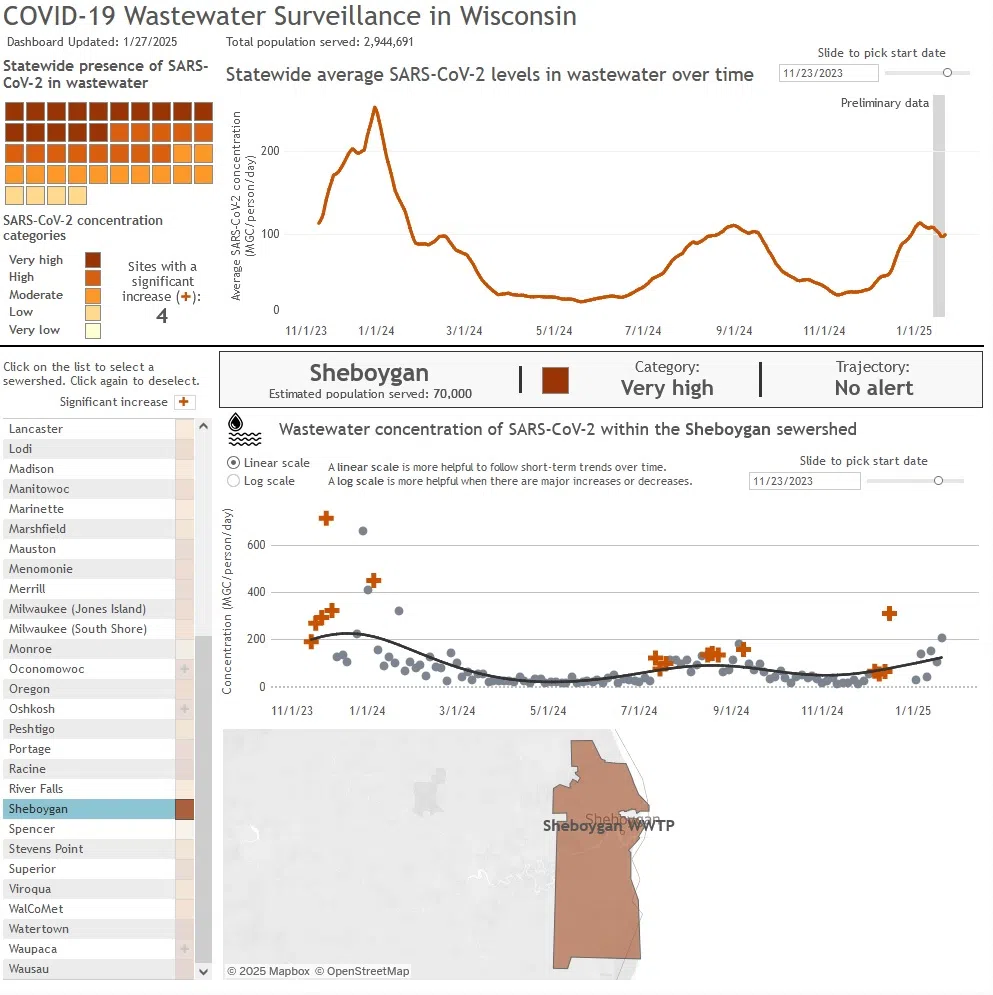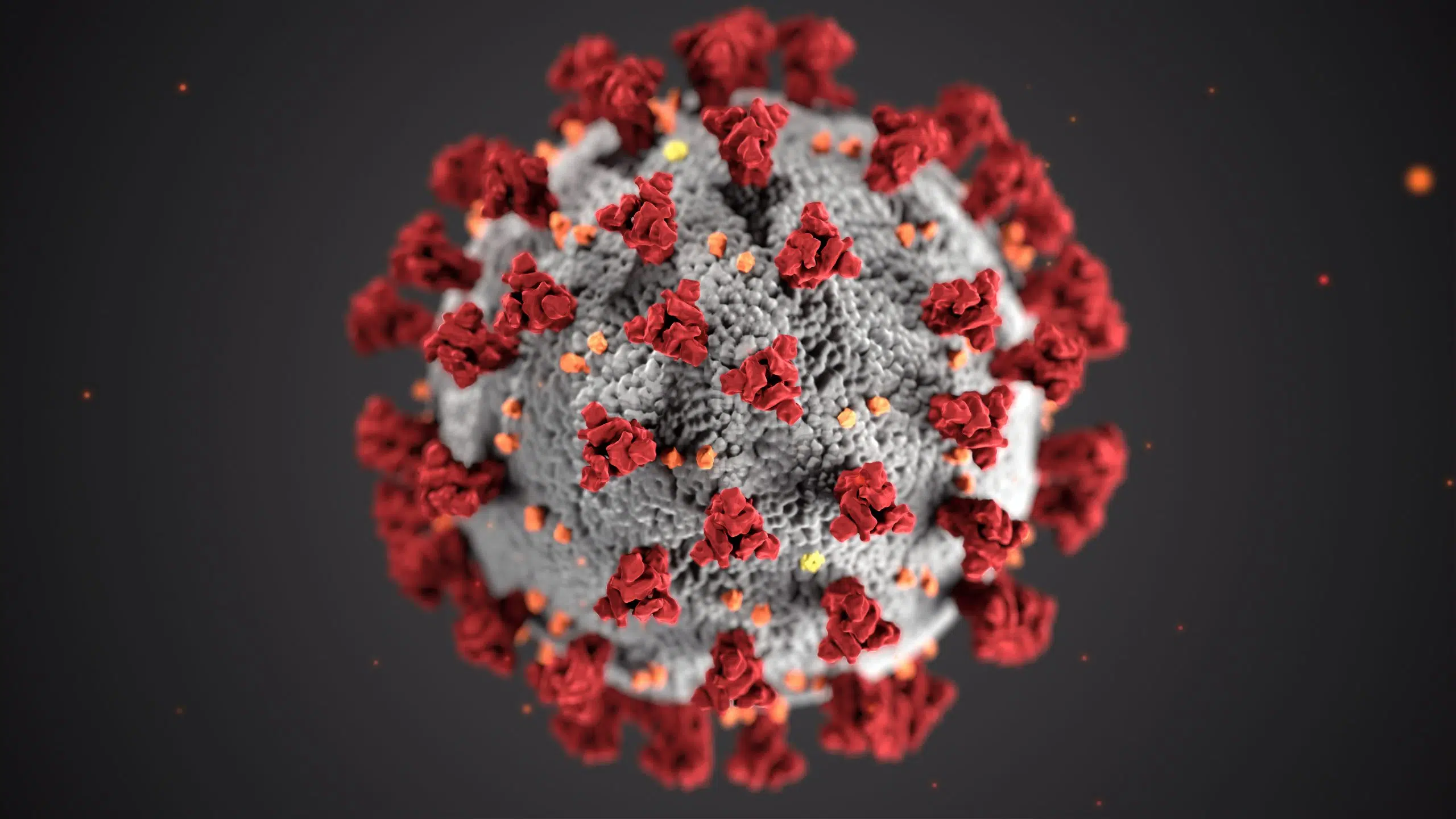(This is the third in a five-part series on respiratory illnesses of concern in Sheboygan County, their effects, incidence, and how to manage them)
We may be in the middle of the flu season, but that also means were in the midst of the cold season – and since 2020, the COVID season. As expected, COVID-19 has become a perennial affliction which, like the flu, mutates from time-to-time, meaning immunity one year may not be as good as the year before.
The Sheboygan County Division of Public Health began tracking COVID-19 in 2020 immediately after several residents that attended a church function together all became ill at the same time. Several of those became the first COVID-19 casualties in Sheboygan County.
Much has changed since the novel coronavirus first showed up, including gaining a better idea of how it’s spread, developing the first-ever M-RNA-types of vaccine that addressed it, and an unprecedented public awareness of respiratory illness arose. Awareness was so good that influenza was nearly undetectable in the 2020-21 flu season due to steps people took to control the spread of COVID-19. That goes to show that practices adopted during the pandemic is can be applied across-the-board when it comes to respiratory illnesses in general, since they all share a common method of transmission.
“Respiratory illnesses all spread the same way…they also have the same type of symptoms: fever, headache, cough, runny nose, sore throat – those are all kind of similar flu/COVID/RSV symptoms.”
That’s Morgan Rahn with the Sheboygan County Division of Public Health, who reported that COVID-19 has not gone away and, just like other seasonal illnesses, we’re most vulnerable during cold weather when we’re staying indoors, often in close quarters with others. Fortunately, COVID-19 is not the leading concern in Sheboygan county at this time, with both the rates of infection actually decreasing within the past few weeks, and the severity of the illness lessening overall according to Rahn, who said, ““I think we see less hospitalizations than we’ve seen in previous years; I think that there’s an increase in immunity from exposures, and then also from the fact that more people are immunized, more people have been exposed, and so their ability to fight the infection is greater. So, are we seeing less COVID? I don’t know that that’s true, but maybe less severe illness because of some of those pieces together.”
Even though people may be getting better at fighting the illness, COVID-19 is still dangerous to vulnerable groups. And so besides protecting yourself, Rahn says having a vaccination is more than just personal. “Getting vaccinated protects yourself, and also protects the community and your family.”
The CDC and Wisconsin DHS no longer track COVID-19 with the same fervor as when it first appeared on the scene, however routine monitoring continues in a less intrusive manner by sampling for SARS-Co-V-2 virus particles at wastewater treatment plants – Sheboygan included – and for now, although the particle count is “very high”, trends are favorable and no alert is in effect.

Wisconsin DHS Chart Shows Wastewater Monitoring Readings in Sheboygan
Tomorrow, we’ll take a look at the third virus of concern when it comes to local respiratory illness outbreaks – RSV.




Comments